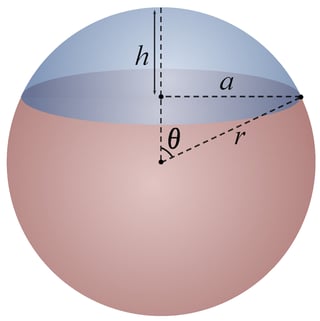It is a classical fact that if $(x_1,\ldots,x_n)$ is a random vector uniformly distributed on the sphere $S^{n-1} \subseteq \mathbb{R}^n$, then the random vector $(x_1,\ldots,x_{n-2})$ is uniformly distributed in the unit ball $B_{n-2} = \{ (y_1,\ldots,y_{n-2}) \mid \sum_{i=1}^{n-2} y_i^2 \le 1\} \subseteq \mathbb{R}^{n-2}$. In measure-theoretic language, the pull-back of volume measure on $B_{n-2}$ via the coordinate projection $S^{n-1} \to B_{n-2}$, $(x_1,\ldots,x_n) \mapsto (x_1,\ldots,x_{n-2})$ is Hausdorff measure on $S^{n-1}$ (up to normalization). Apparently the $n=3$ case was known to Archimedes.
Is there an intuitive geometric proof of this, that in particular explains why you drop 2 coordinates, as opposed to 1 or 3 or ...? Or even some heuristic that explains the 2?
I already know reasonably slick probabilistic proofs of this result, including a version for $\ell_p$ norms when $p$ is an integer and you project onto the first $n-p$ coordinates (using the right distribution on the $\ell_p$ sphere, which is not surface area except for $p=1,2$), but as far as I can see they just make it look like a coincidence that things turn out this way. (And as far as I know, maybe it is.)



